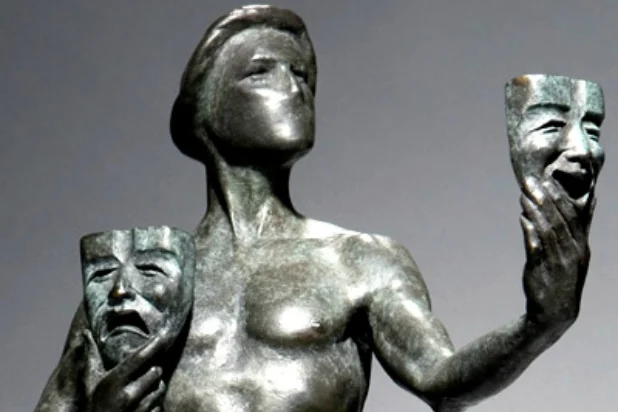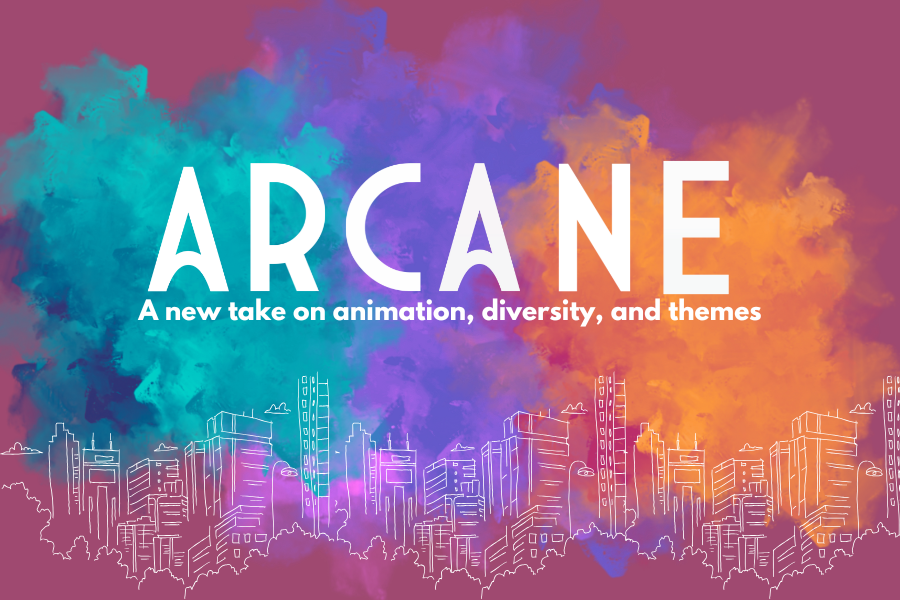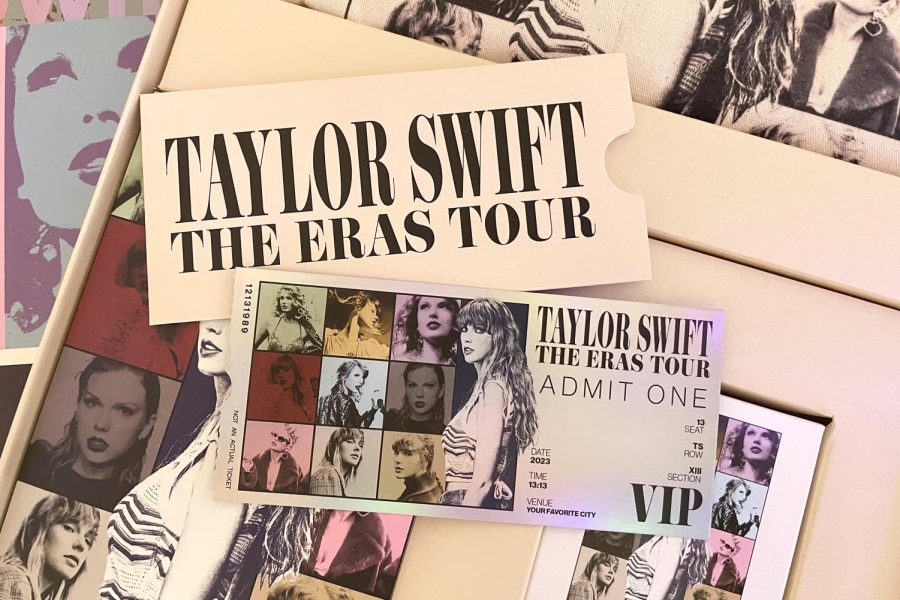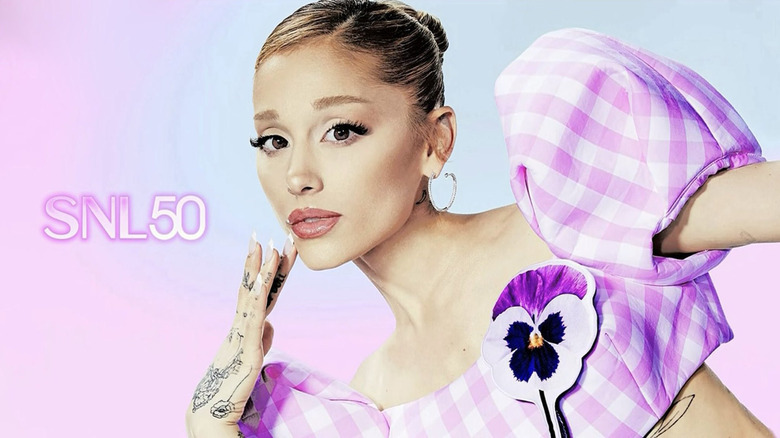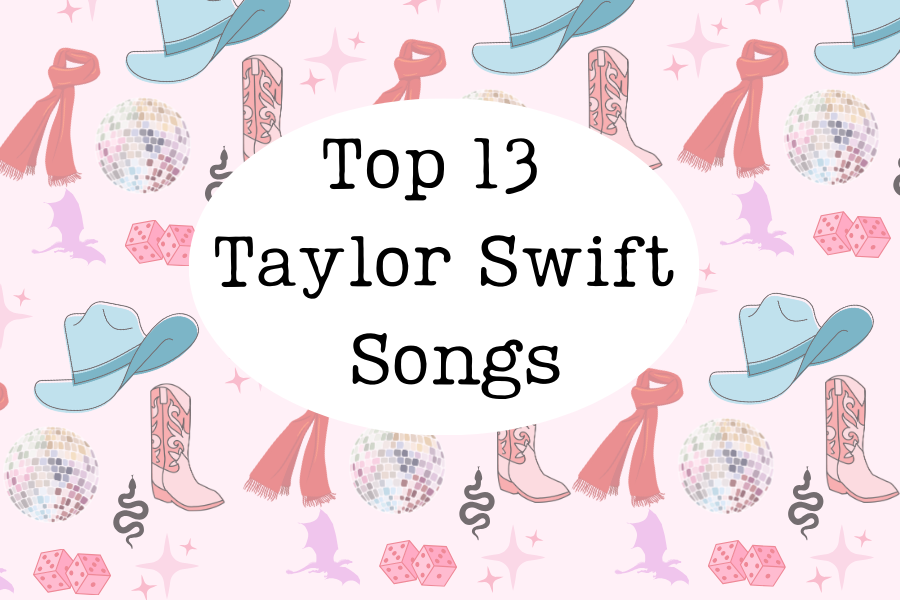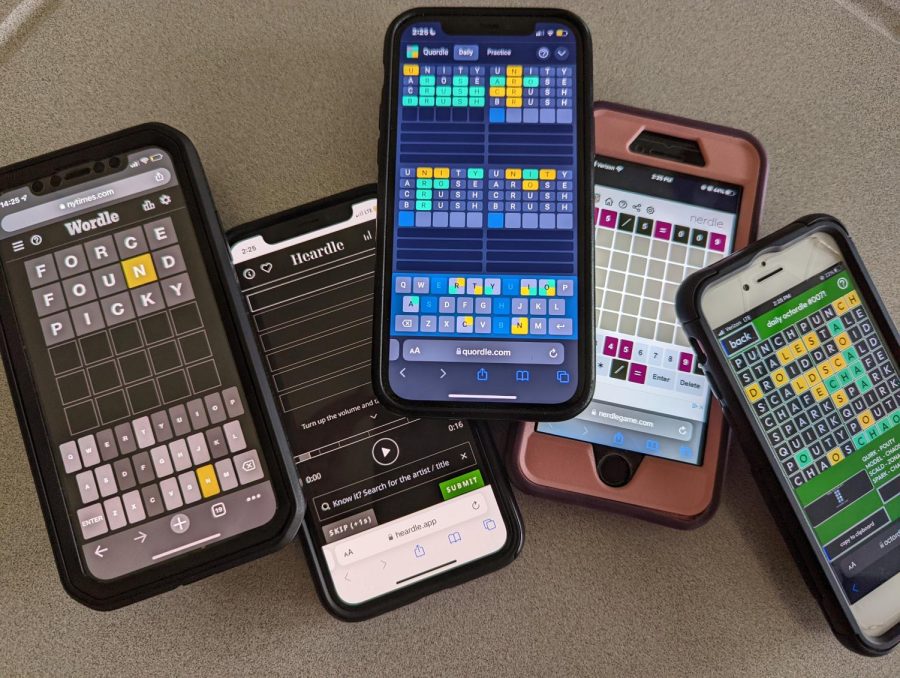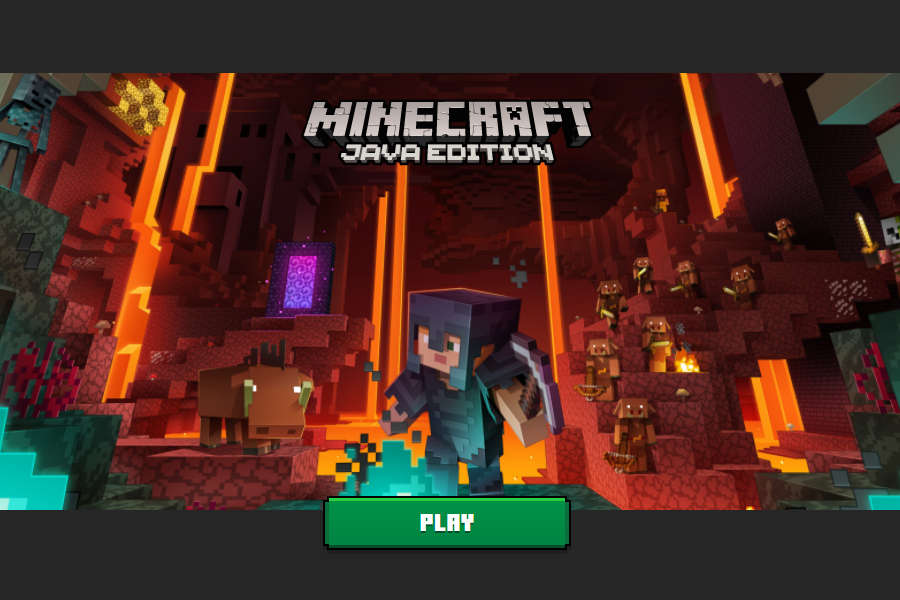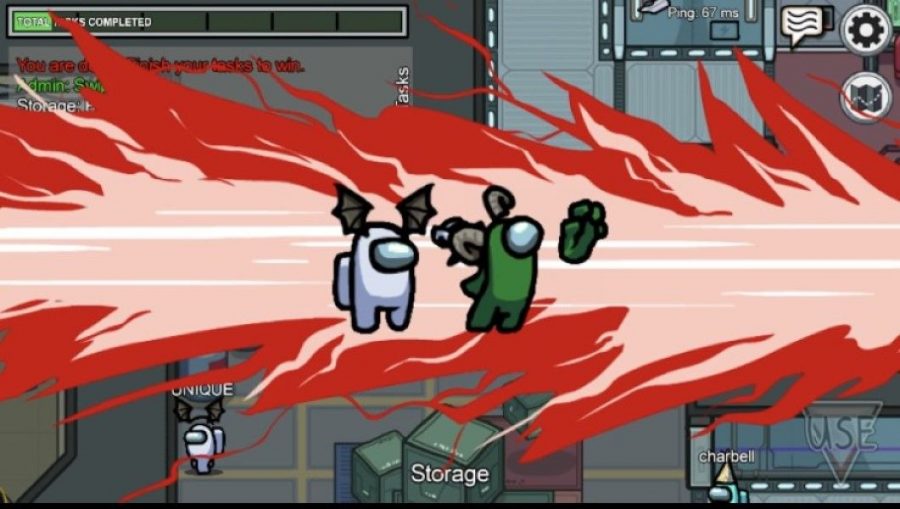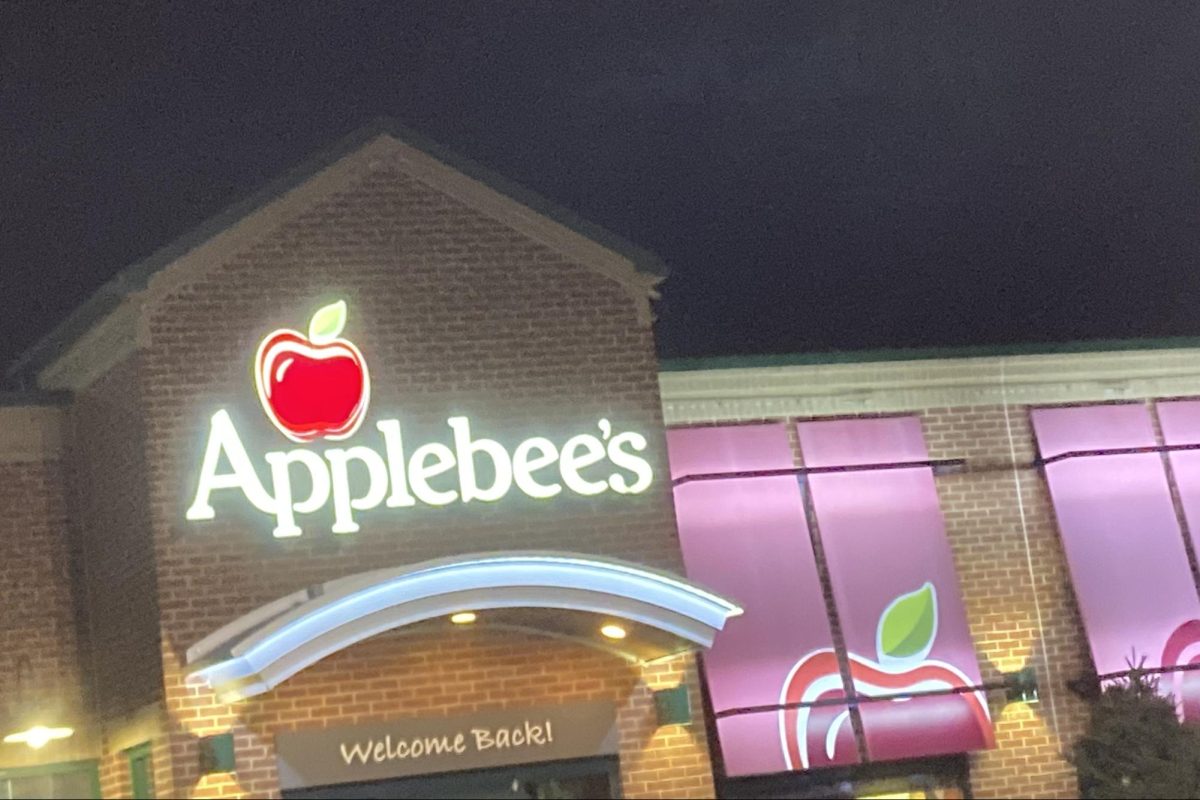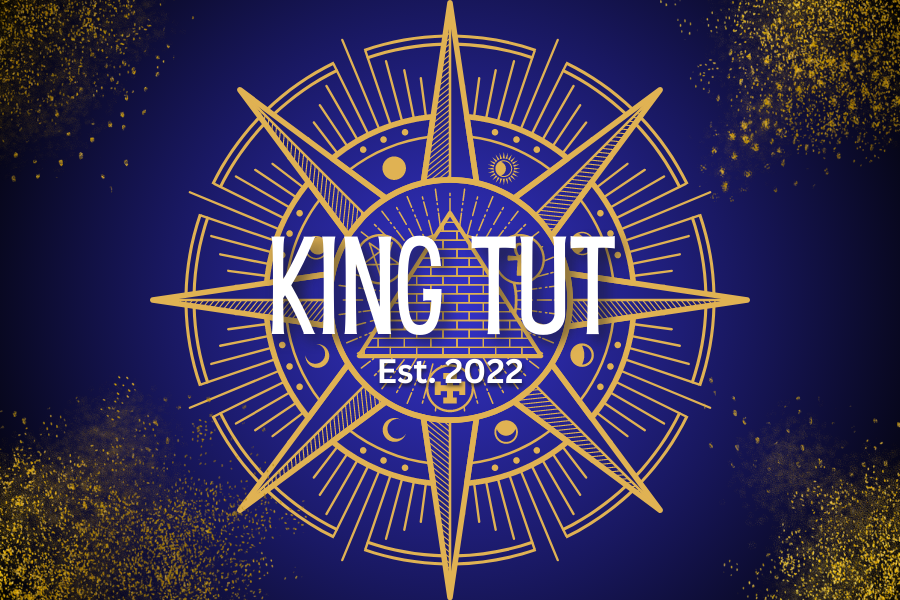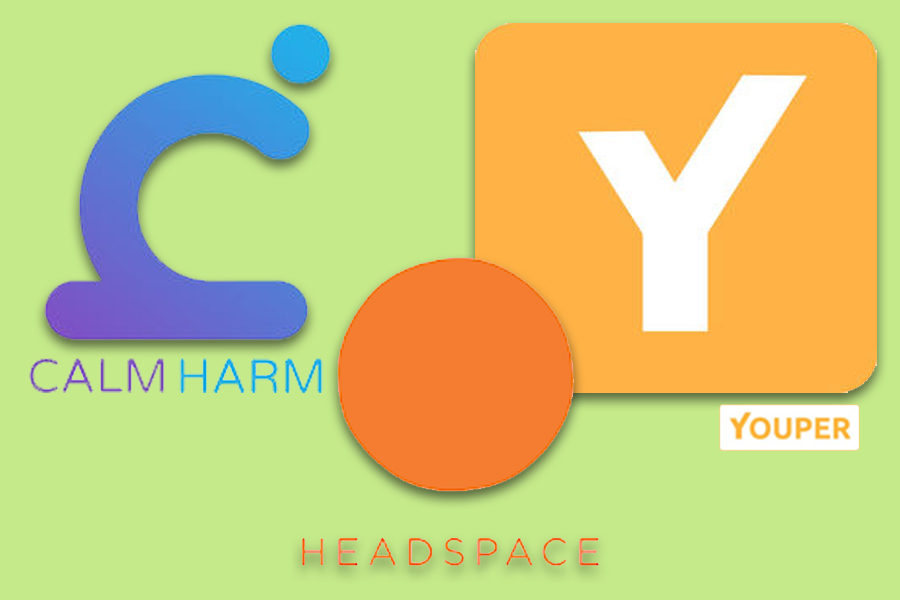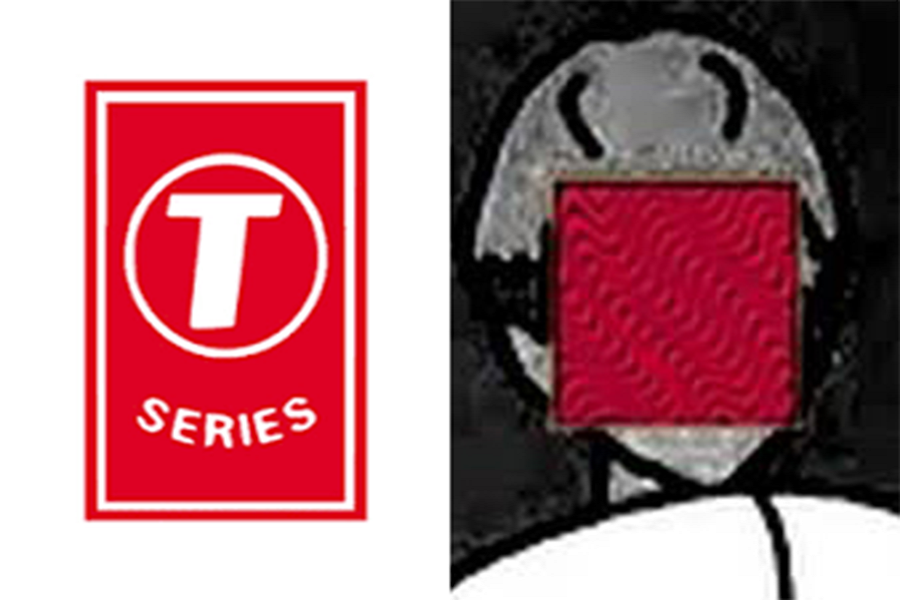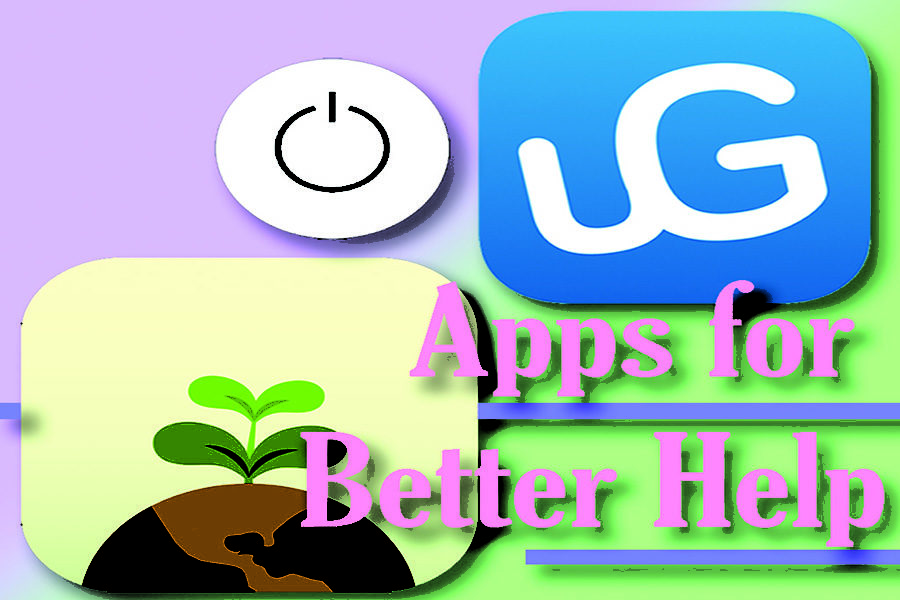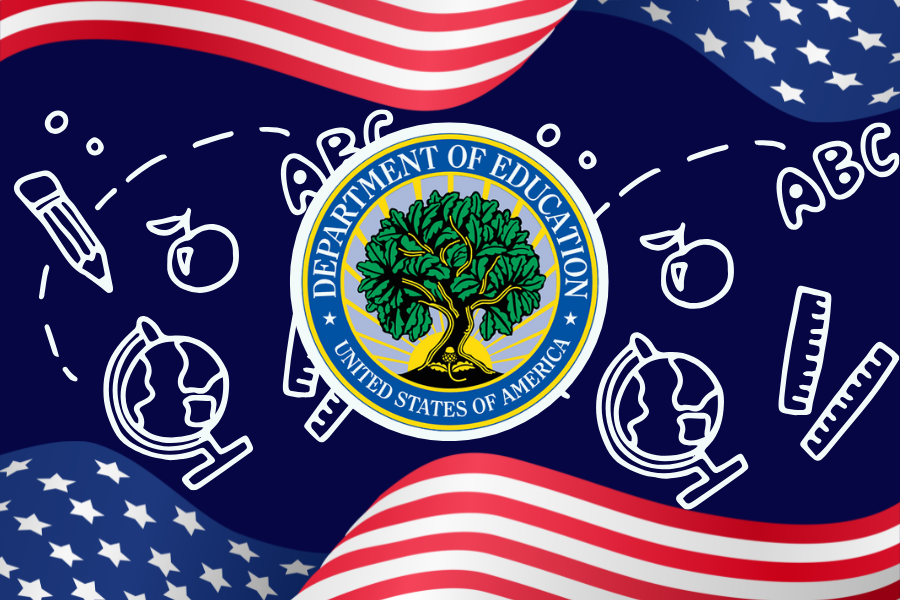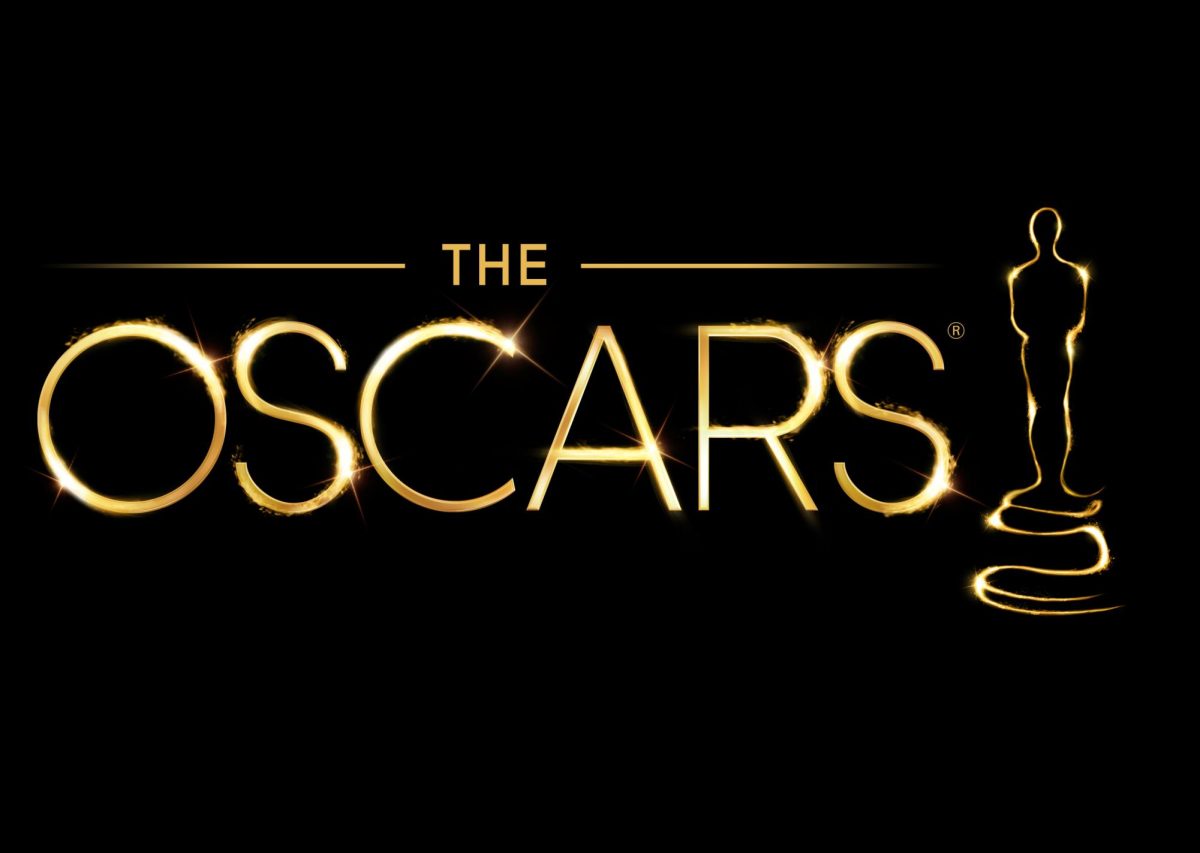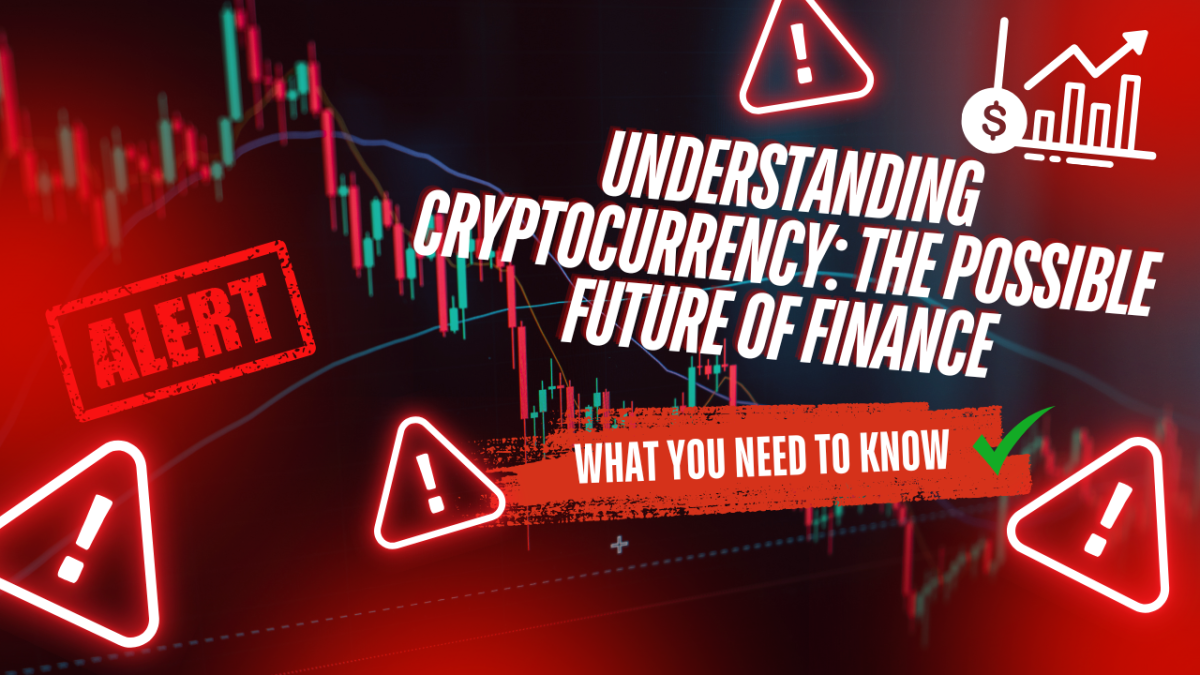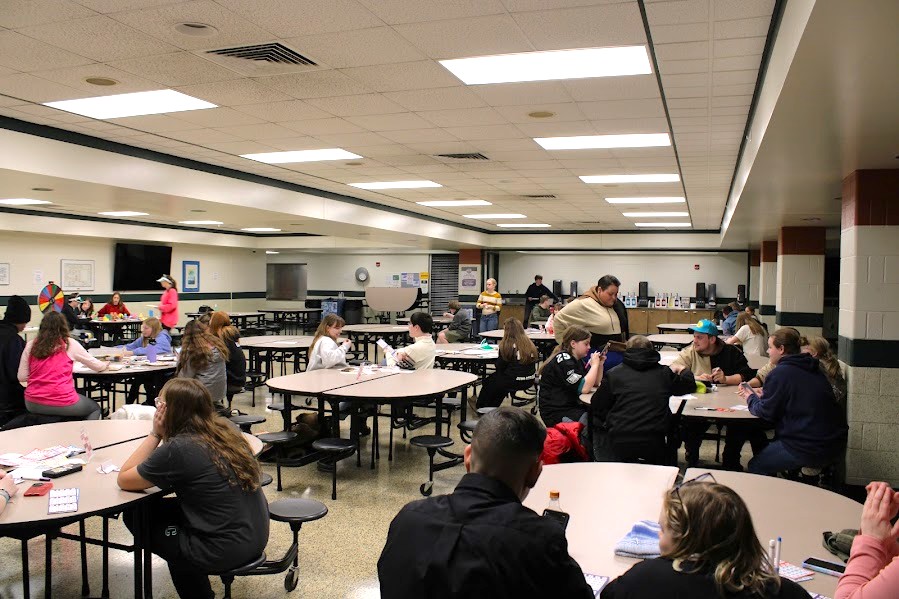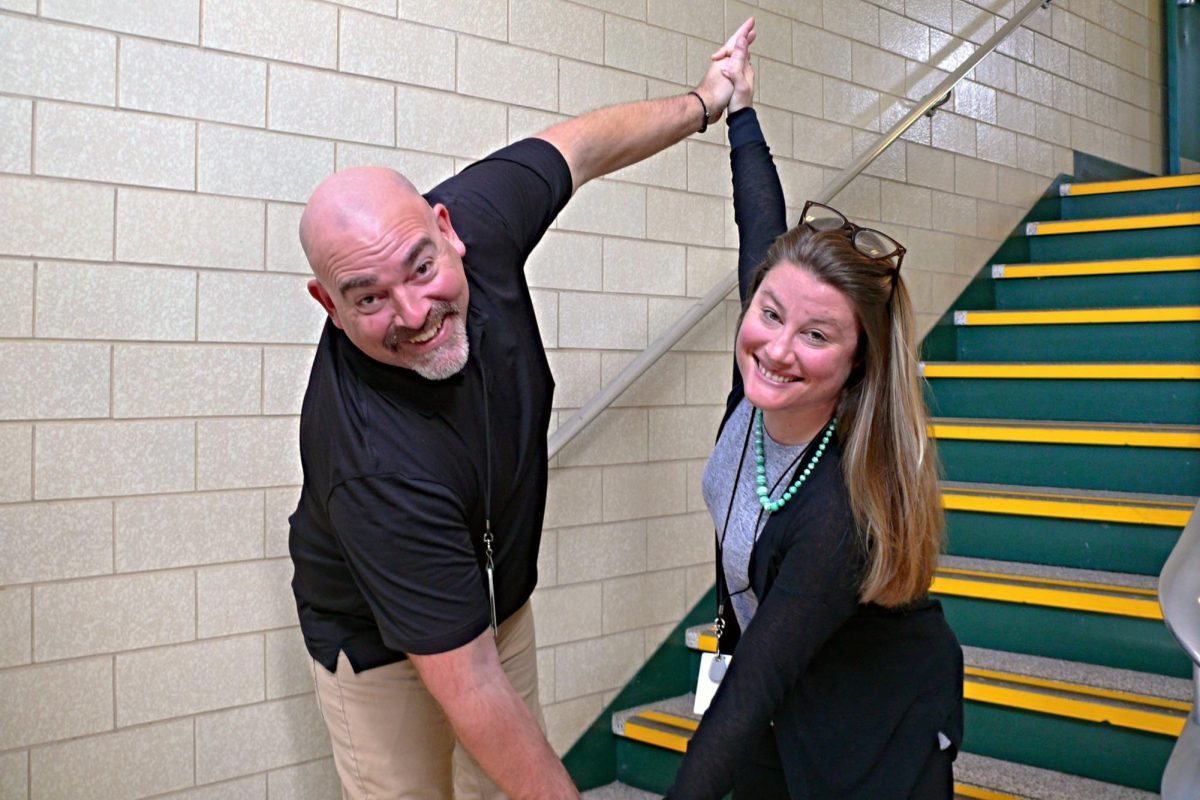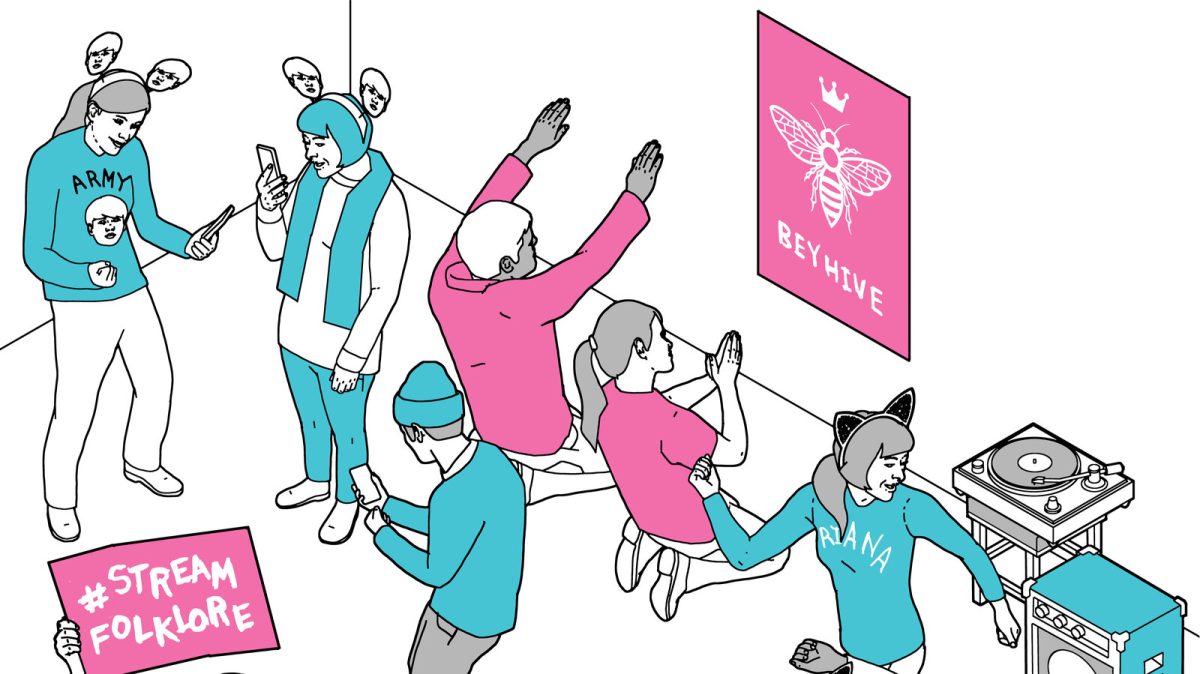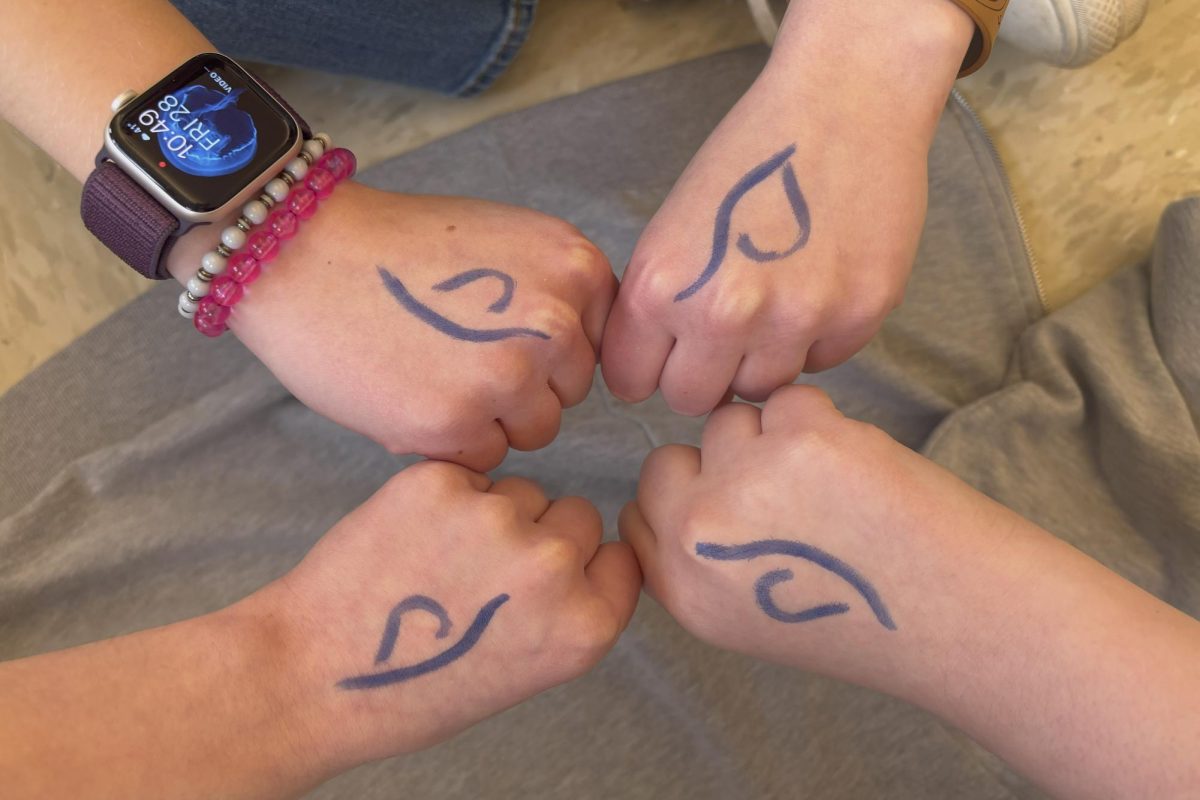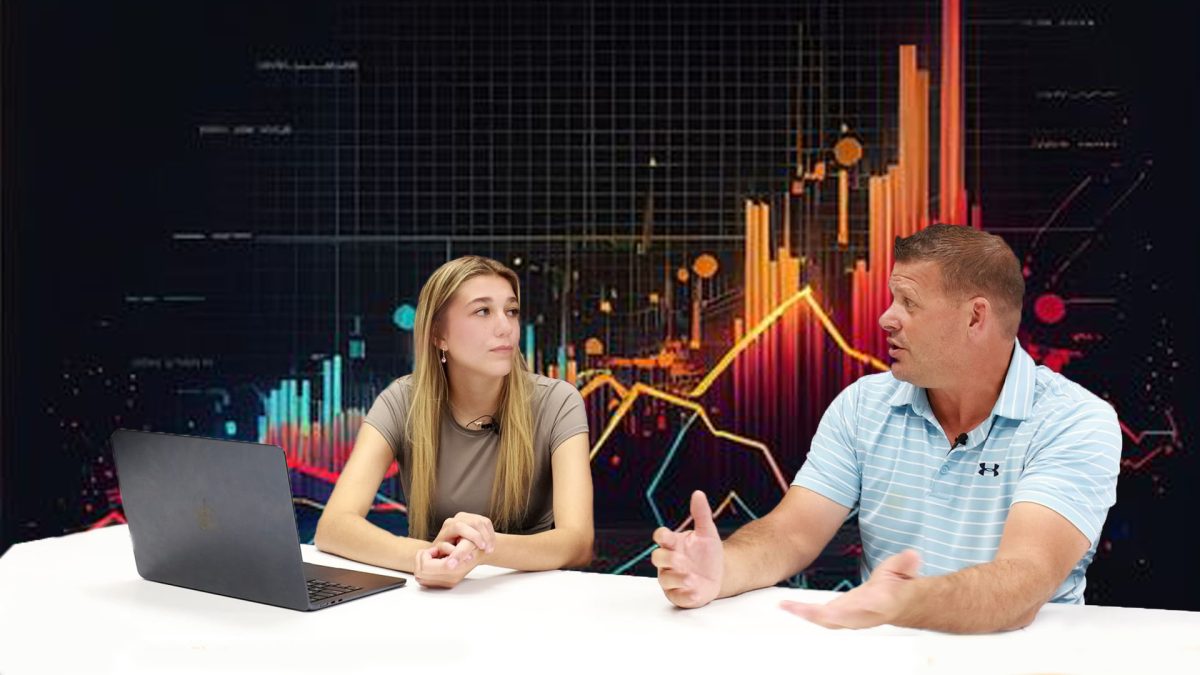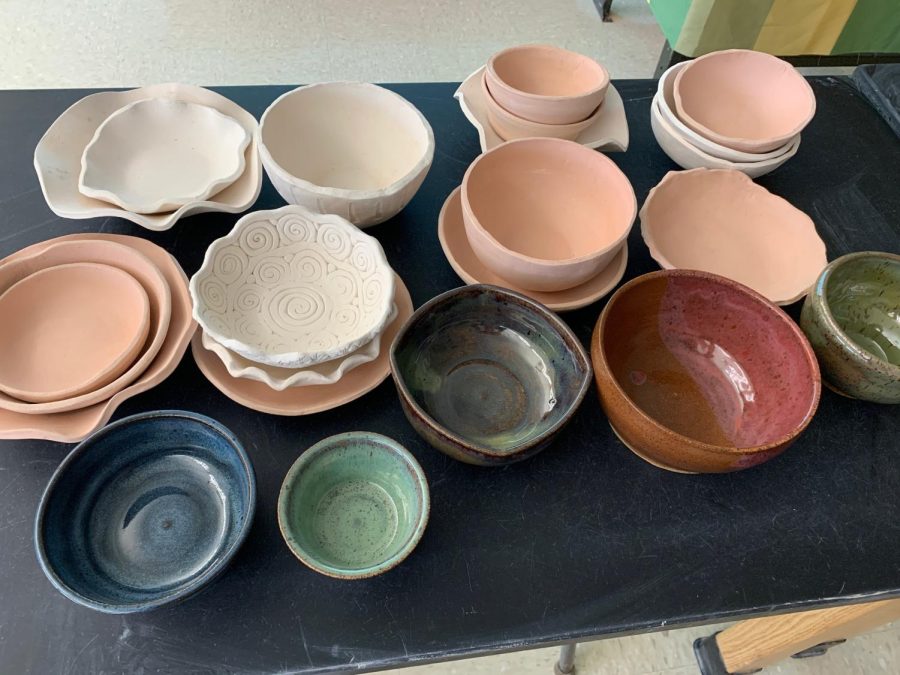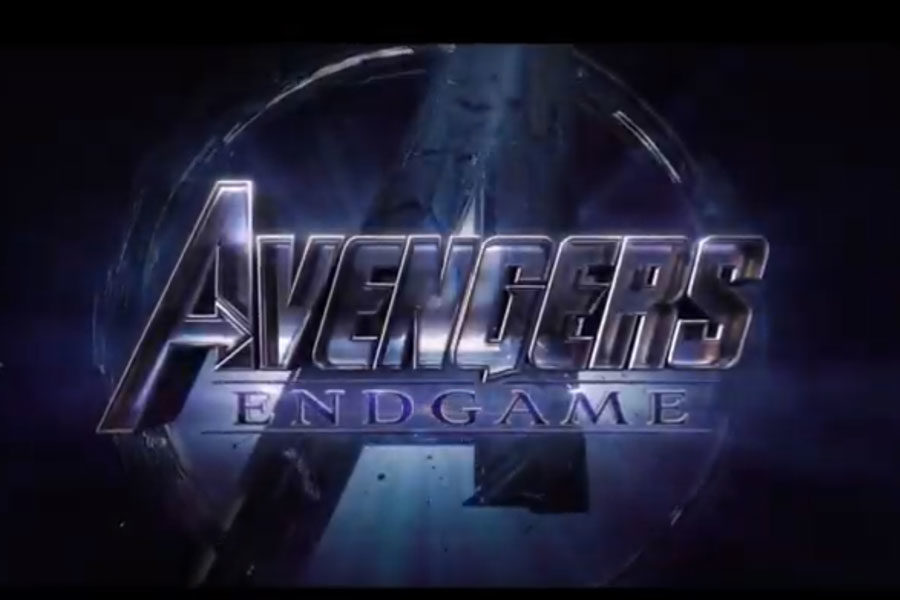Cryptocurrency is gaining traction on social media platforms like TikTok and Instagram, with many promoting it as the path to “financial freedom” in the near future. It takes years of research to truly understand how to obtain the most profit using trading or mining methods on a virtual, secure database for investments. Explained simply, however, “Cryptocurrency is digital money that doesn’t require a bank or financial institution to verify transactions and can be used for purchases or as an investment. Transactions are then verified and recorded on a blockchain, an unchangeable ledger that tracks and records assets and trades.” (Coursera) This currency can be used the same as physical currency in the sense that it is used to process transactions and make purchases. So, what’s the catch and why is it so different from the physical currency that we use on an everyday basis?
The Pioneers
Satoshi Nakamoto, the creator of Bitcoin, publicized his thesis called ‘Bitcoin: A Peer-to-Peer Electronic Cash System’ in 2008, with the concept totaling around nine pages. He is credited with the idea of “electronic currency that can make transactions with low costs while using no financial institutions or third parties. Instead of using a centralized server, it is structured to use many terminals connected over a peer-to-peer (P2P) network” (bitFly). In simpler terms, his entire thesis is based around having a digital network that can be used for transactions without any government involvement such as financial institutions or federal banks. His argument states, “What is needed is an electronic payment system based on cryptographic proof instead of trust, allowing any two willing parties to transact directly with each other without the need for a trusted third party” (Bitcoin.org). It is quite clear that Nakamoto had an internal distrust in government associated programs, which can be found throughout his thesis. To defend his idea of cryptographic proof, he created what is now known as a blockchain. A blockchain is an ever-growing list of transaction data ensuring validity and making a transaction irreversible due to the fact that all data is “linked” together. The first purchase with Bitcoin did not happen until 2010, in which Laszlo Hanycez made a transaction of 10,000 BTC in exchange for two pizzas, totaling around 10 USD at the time. According to a real-time bitcoin calculator, this amount today would equal 994,896,100.00 USD or almost a billion dollars due to the market. This event is now known as “Bitcoin Pizza Day” and was a huge advance in the right direction for the hopes of cryptocurrency.
Mining Pools
All cryptocurrency coins besides NFTs go through a process called “mining” to get discovered. Think of mining as a competition between thousands of computer programmers to solve math problems, but these math problems are extremely complex and require more than just the human mind to comprehend and solve. Once a problem is verified, it is added to the blockchain and the first one to solve it maintains credit for it. This adds a level of security because a currency has to be added to the blockchain before it can be rewarded or circulated. The miner receives a reward of some of the currency when it is created, causing the coin to enter databases and allowing it to be transacted/circulated with the process of block reward. When a coin’s supply maximum is reached, the rewards get halved. If it sounds familiar that is because this is also a concept that the US Stock Market uses for users that buy and sell. This process happens about every 210,000 bitcoins or on average of four years. So how does the currency go up in value? As the number of miners and coins increases, the math problems become significantly harder to solve over time. It can take months for 1 person out of 10,000 to compute or have a lucky guess. As the difficulty increases, the technology and time it takes to solve also increase, causing a coin to have more value due to the supply and demand.
Cryptocurrency VS Traditional Currency
In the concept of traditional currency, the government produces physical bills or coins that can be carried personally or kept in a bank. Keep in mind, the government has full control of the supply and demand of these bills which can cause things like inflation or market crashes, as we have seen in the past. The government provides secure methods to keep your investments with banks. Banks insure the money kept in an account, providing no risk of loss as the market changes daily, which many people prefer for stability in their investments/earnings. In contrast, cryptocurrency has no affiliation with governments, banks, or financial institutions. Earnings through cryptocurrency can be kept in a digital wallet, but these wallets have no guarantee of recourse in the event of loss. The true benefit to crypto is the privacy of the buyer. When making a purchase with this currency, no personal information is needed, eliminating risks like identity theft and fraudulent activity issues within the US banking system. No matter what happens to the government, crypto investments are secure because they are not affiliated with any government, but strictly online databases. This may be a huge persuasive point for some, considering the emphasis in media around the risk of change in the American government due to recent events. Do not get this confused, however, this currency is global and therefore there are no foreign exchange rates- meaning that your money is worldwide and does not only hold value in the United States like traditional currency may.
How to Get Involved and Invest
As previously mentioned, Bitcoin Mining is a rigorous, extensive process that is yet to be mastered by some of the most genius computer scientists in the world. Luckily, there are ways to profit and be involved in the world of cryptocurrency without having to experience any computer science at all. Cryptocurrency can be bought, traded, and sold by enthusiasts or investors through digital wallets. As the prices of new and existing coins fluctuate on the market, successful traders and investors can create a wide profit margin, just like the stock market. The fact that this currency is global and not government-affiliated means there is no tax on your investment until it is cashed out. Your digital wallet or profile can keep building tax-free until the currency becomes converted into traditional currency through a bank or government program once cashed. All sites that represent this market ensure security through multi-step verification, but it is still important to do research on which primary marketplace to invest your finances into if this is the route you choose to explore.
Conclusion
So, if you invest, could you be financially set for life? Many large investments in the financial world are considered to be a gamble, with the most popular one being the stock market. This concept is relatively new to the world and knowledge about the future of cryptocurrency is very limited. Just like any other investment, research is the most important step in initiating action. This article truly is the tip of the iceberg when it comes to cryptocurrency information and basics, but this is much more than a social media trend and could be something truly revolutionizing with a considerable amount of knowledge.
https://bitcoin.org/bitcoin.pdf
https://en.wikipedia.org/wiki/Blockchain
https://bitflyer.com/en-us/s/glossary/bitcoin-whitepaper#
https://www.coursera.org/articles/how-does-cryptocurrency-work



